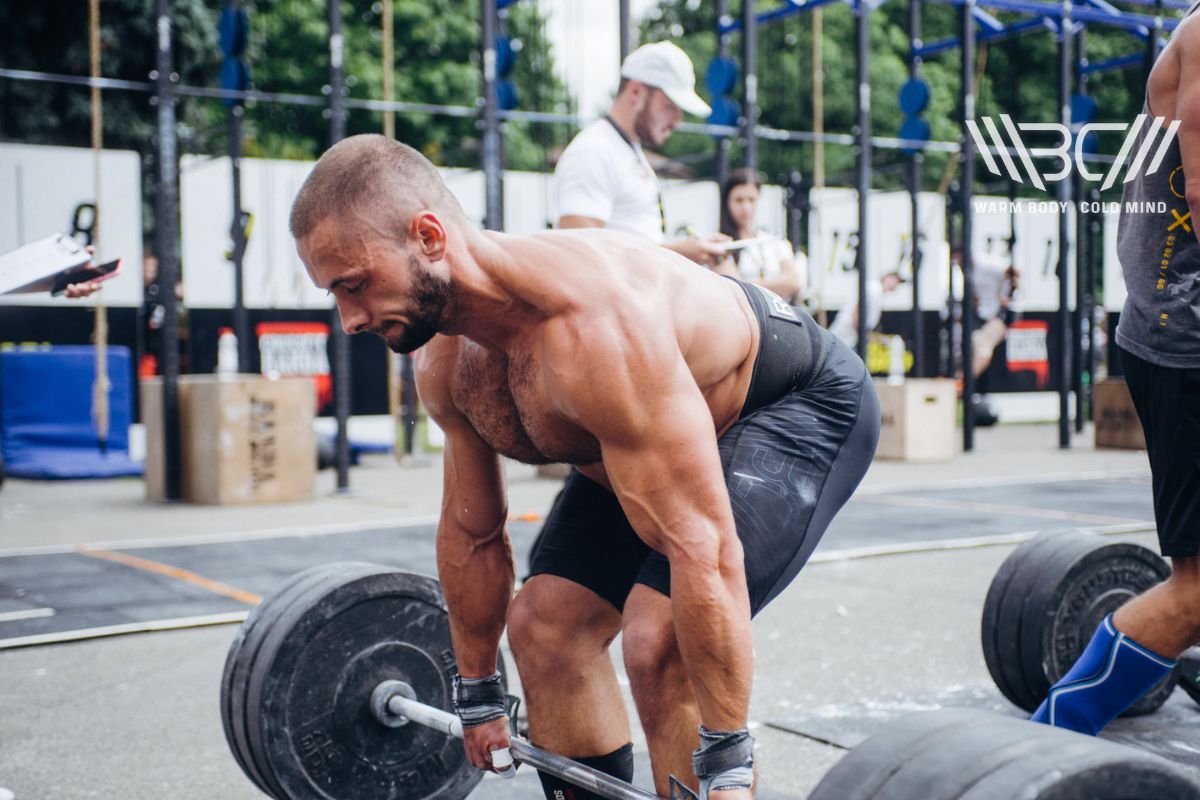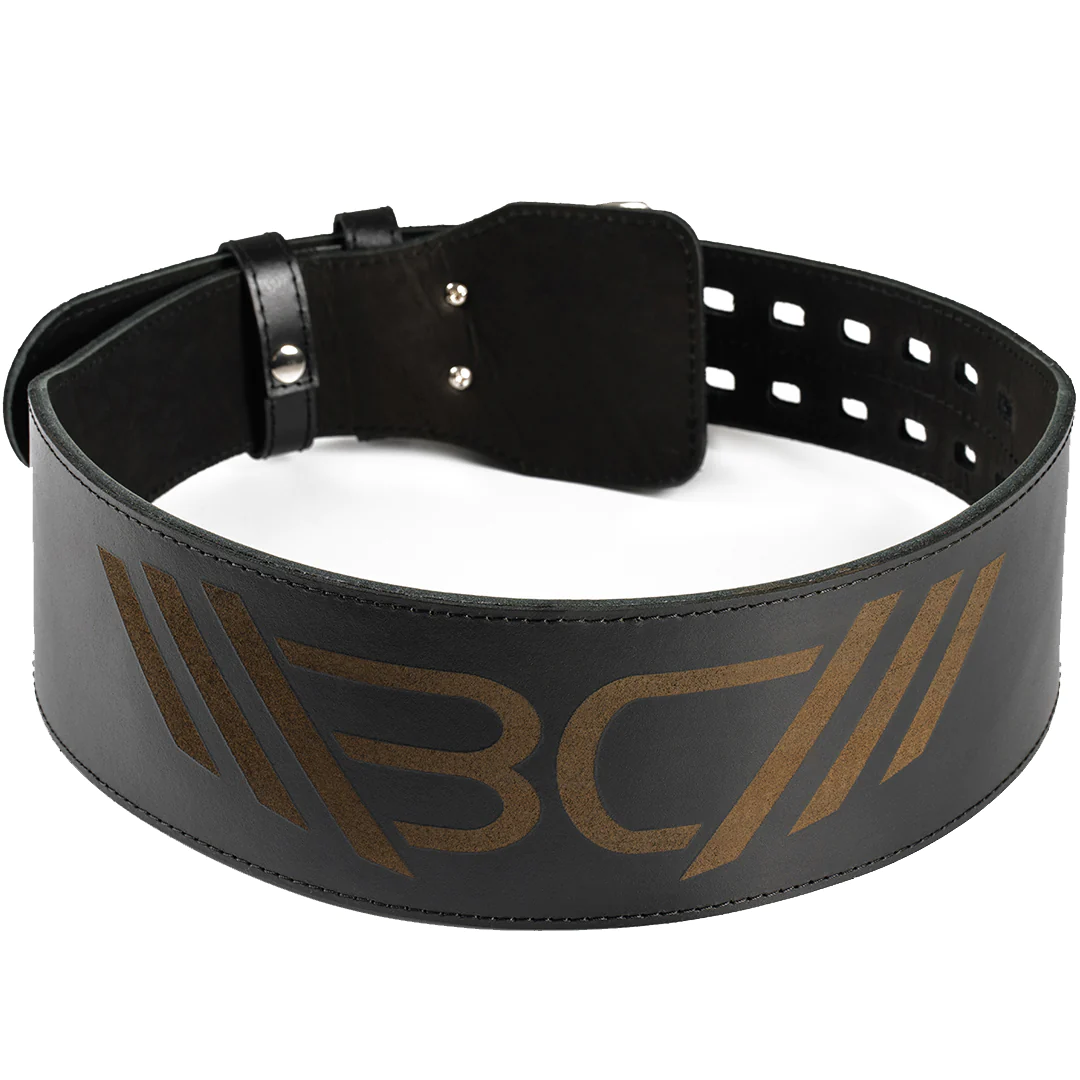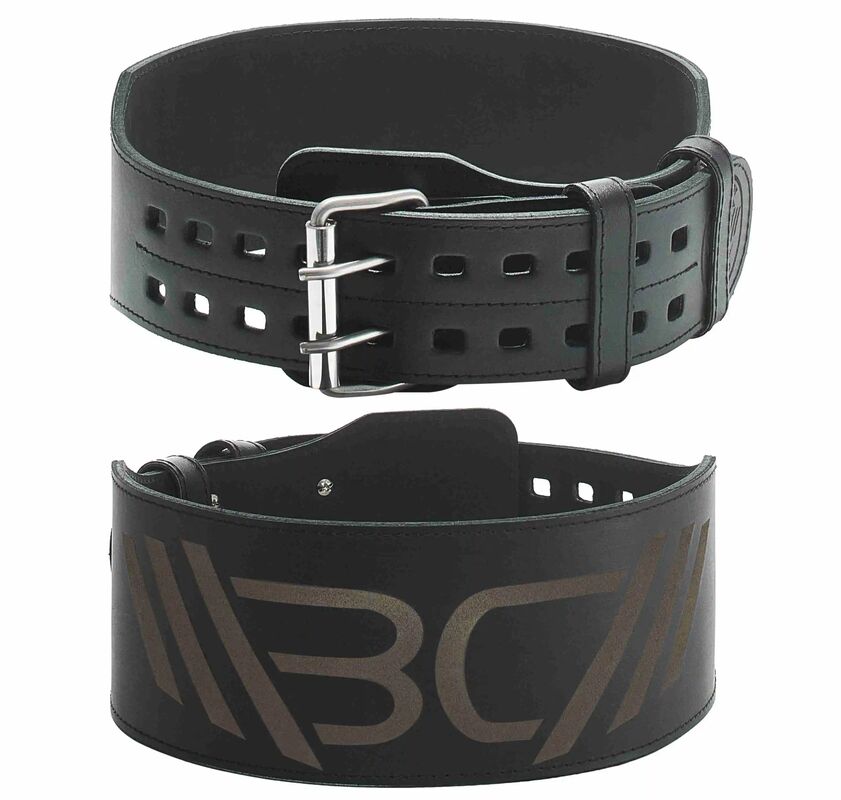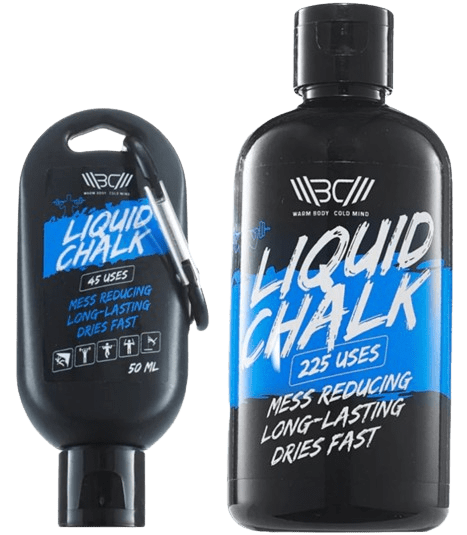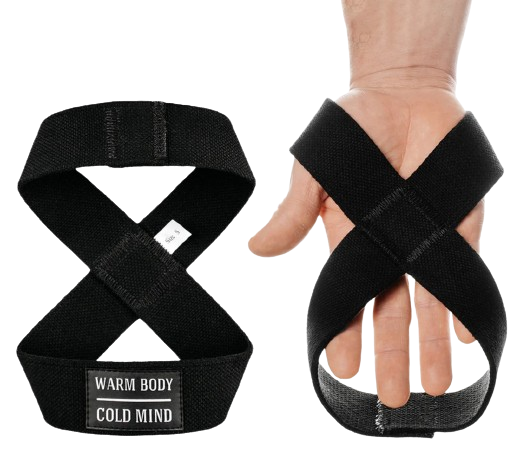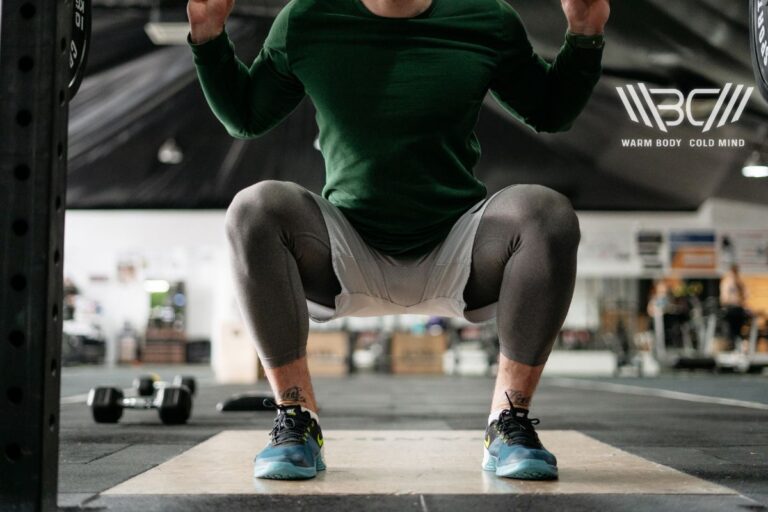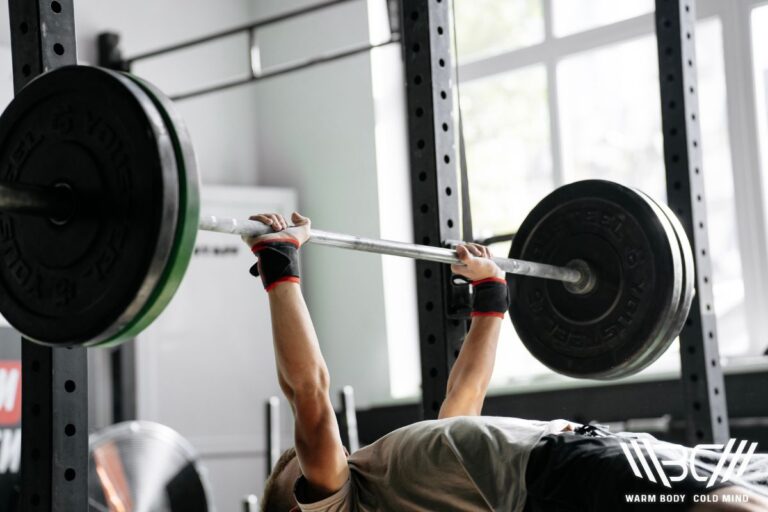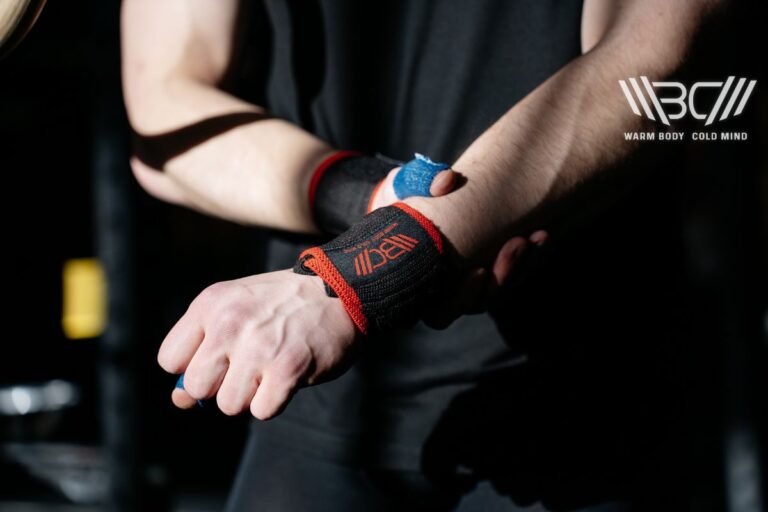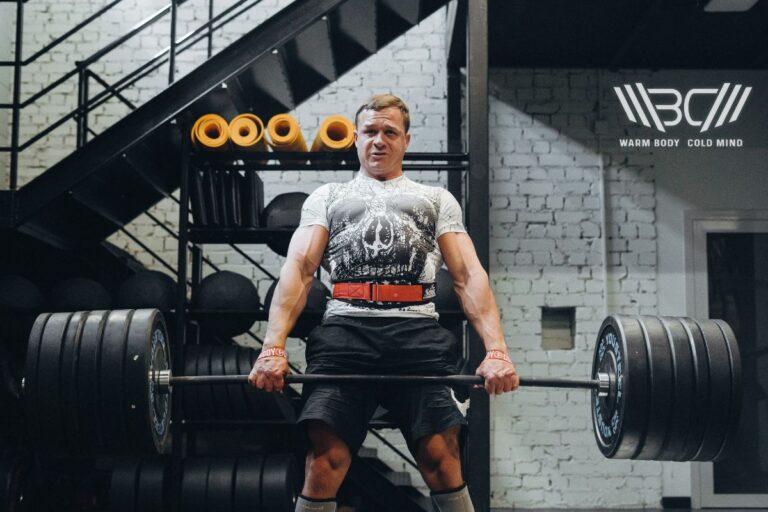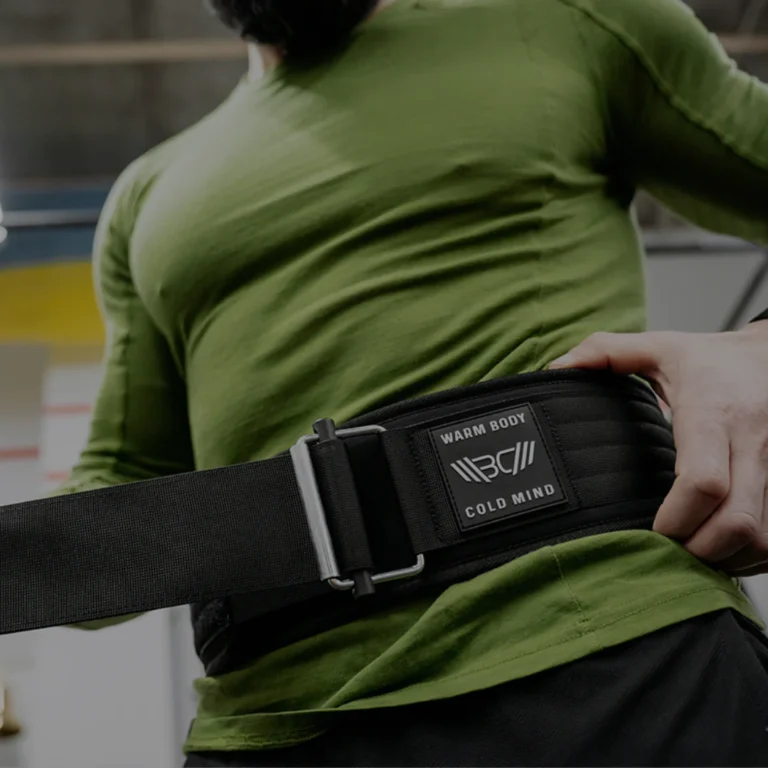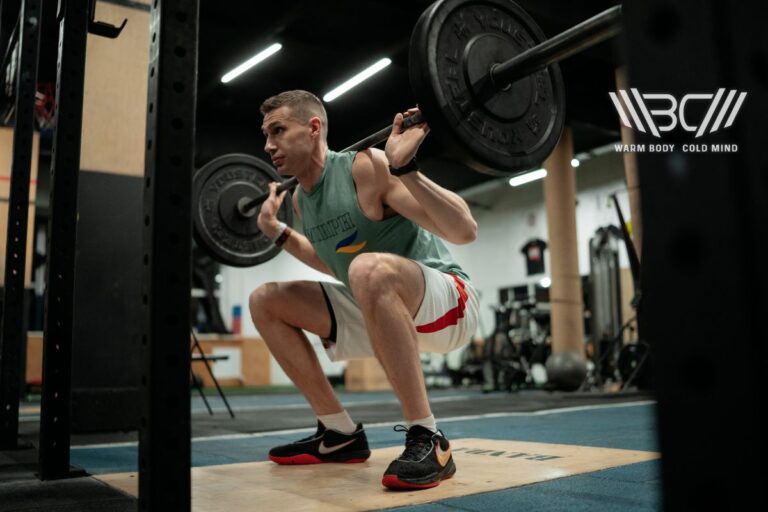7 Best Deadlift Accessory Exercises To Improve Your PR
The deadlift is one of the mainstream compound exercises. It works your entire posterior chain, including the back, thigh, and hip muscles. The chain’s weakest link determines the total strength of your deadlift. You may initially not realize marginal weaknesses in your pull, lockout, or grip. During maximal attempts, however, they creep up to limit further progression.
It tells you that you should add deadlift accessory exercises to your training routine. These accessories are deadlifting variations or other movements that have a significant carryover to conventional deadlifts. They can bring weaker links up to par, remove particular sticking points, and help you smash PRs.
Why do you need deadlift accessory exercises? – Deadlift accessories target particular muscle groups, movement patterns, and exercise phases to eliminate weak points, shore up strength, and increase numbers. You can consult professionals to choose the most effective exercises to do with deadlifts, periodization, and recovery protocols.
4 Deadlift Accessory Exercise Benefits
Whether you tap dance or play guitar, repeatedly doing an activity makes you proficient. You might wonder why you need deadlift accessories at all. Let’s see a few reasons!
✅ They Build Overall Strength
The deadlift is a compound movement that engages various muscles and joints. It’s easier for some parts to remain weak and undetected. For example, your glutes or forearms may not be strong enough. Incorporating accessories can address weaknesses and imbalances.
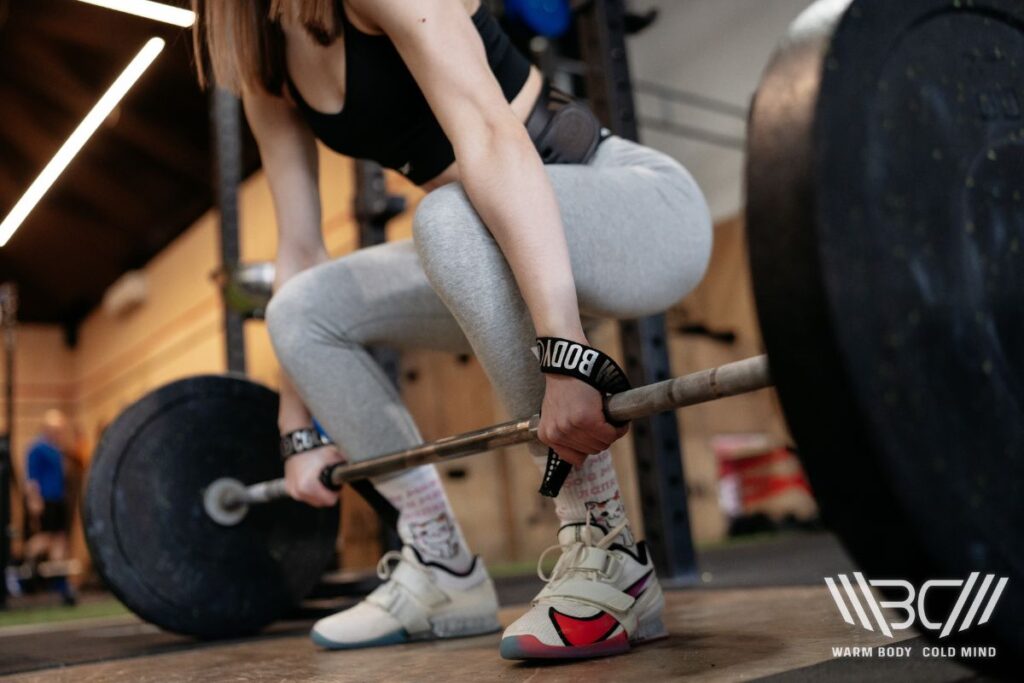
✅ They Reduce Injury Risks
A suitable variation in your exercise program reduces injuries and downtime. Exercising the same muscles at the same angles and planes introduces wear and tear to body parts under stress – a condition known as repetitive strain injury. Accessories spice things up and build strength altogether.
✅ They Improve Functional Movements
In the real world, it’s not only about how heavy you can lift. You need a combination of speed, strength, power, balance, flexibility, and endurance. The same is true for sports. Supplemental exercises to do with deadlifts are functional, involving movements like swings, squats, splits, etc.

Enhance your strength training with Warm Body Cold Mind leather weightlifting belt providing exceptional support and durability.
✅ They Break Records and Plateaus
Ignoring smaller muscles slows down, if not completely ceases, progression at a later stage. Heavier weights, bigger muscles – all that happen relatively quickly for a beginner. After a while, progress becomes difficult, and you need deadlift accessory lifts to smash past frustrating plateaus.
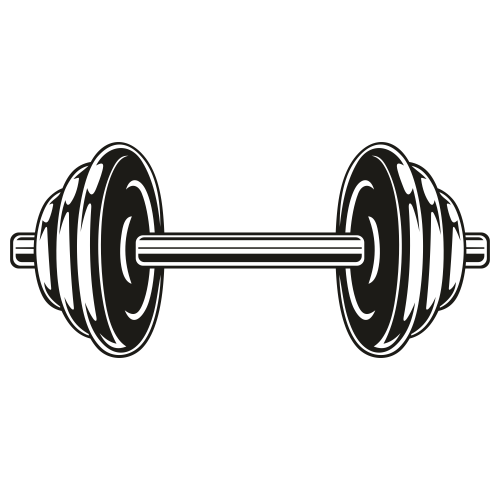
Pro Tip:
Breaking through powerlifting plateaus takes a dynamic approach. You must consider rest/recovery, nutrition, hydration, and mental peace besides expert-vetted training day tweaks.
7 Best Deadlift Accessory Exercises Shortlisted
There is no one-size-fits-all list of deadlift complementary exercises. You must identify weaknesses in your setup. Then, select only relevant accessories.
The sticking point in deadlifts can be segmented into three phases. The bottom phase is dominated by knee extension (quads), the second one by hip extension (glutes), and during the final phase, knees and hips extend in unison with a considerable static engagement of back and paraspinal muscles.
See if you’re facing issues while getting off the floor, keeping hold of the weight, locking out at the top, or staying vertical in the meantime. We’ve included one or more deadlift auxiliary lifts for each problem.
1. Deficit Deadlifts
You stand on an elevated surface for a deficit deadlift, lengthening the range of motion. It’s a miraculous exercise to expose and eliminate your weak points altogether. It’s particularly helpful for the initial phase. Once you return to conventional pulls, you’re quicker and stronger.
- Difficulty Level: Intermediate
- Best For: Initial/Bottom Phase
- Extra Equipment Needed: 45LB Weight Plate
- Training Suggestions: 3 sets of 5-8 reps (>75% of 1RM)
How to do it?
- Stand on a raised surface like a bumper plate or a wooden box. It must be small at about 3”-4” height.
- Maintain the stance and technique of regular deadlifts.
- Fully extend your knees and finish with your glutes.
Pros
- Train you to be stronger and quicker off the floor
- Extended ROM and time under tension
- Lower back involvement to keep the spine neutral
Cons
- Require extra knee and ankle mobility for hinging with a neutral spine
2. Hip Thrusts
The hip thrust is a must-do exercise to improve deadlift and another hip-dominant movement. It develops end-range hip extension strength in the gluteal musculature. Naturally, you’ll feel more confident and capable of finishing your deadlifts with glutes.
- Difficulty Level: Beginner
- Best For: Final/Lockout Phase
- Extra Equipment Needed: Weight Bench
- Training Suggestions: 3 sets of 8-12 reps (close to 50% of 1RM)
How to do it?
- Sit on the floor with your back against the edge of a bench.
- Roll a loaded barbell over your legs until it rests in the crease of your hips.
- Push your hips toward the ceiling and lower back, keeping your upper back and arms in contact with the bench.
Pros
- Build strength in your glutes for optimal hip extension
- Close to an isolation movement, giving a break to hamstrings
- An easy, effective, and versatile exercise
Cons
- The bar placement may be awkward for some people
3. Rack Pulls
Pulling heavy weights from about knee height helps you excel in the latter half of deadlifts. If the proper lockout is problematic, rack pulls can efficiently acclimate your mind and muscles to smash past this sticking point. You can pull significantly bulkier loads.
- Difficulty Level: Beginner
- Best For: Final/Lockout Phase
- Extra Equipment Needed: Squat Rack
- Training Suggestions: 5 sets of 3-5 reps (75%-100% of 1RM)
How to do it?
- Place the barbell in a rack slightly above or below your knees.
- Activate your entire body, from toes to lats, and assume your go-to deadlift stance and grip.
- Pull the weight up until the hips are fully extended; hold for a moment.
Pros
- Rounds out glute, back, and grip strength for more successful deadlifts
- Easier on your knees and lower back due to a higher starting point
- Prepare you to pull heavier weights
Cons
- Difficult (but not impossible) to execute without a squat rack
4. Single-Leg Deadlifts
Unilateral training is as good as bilateral training, with a unique potential to fix muscular imbalances. Doing single-leg deadlifts enhances your strength, power, and balance. It works the hamstrings, located at the back of your thighs as antagonists to the quads.
- Difficulty Level: Advanced
- Best For: Hamstring Activation
- Extra Equipment Needed: None
- Training Suggestions: 3 sets of 12-15 reps (>50% of 1RM)
How to do it?
- Take hold of a barbell, kettlebell, or dumbbell while standing off-center.
- Hinge at the hips and raise one leg behind you.
- Keep the elevated leg in the air and bend the knee as you drive up and down with your dominant leg.
Pros
- Useful at any load with any kind of free-weight
- Strengthen hammies for better sports and everyday life activities
- Address muscular imbalances and asymmetries of bilateral deadlifts
Cons
- Losing balance is a risk, especially for inexperienced athletes
5. Ab Rollouts
Mastering how to breathe and brace your core is beneficial to deadlifts and squats. It’s called the Valsalva maneuver, escalating intra-abdominal pressure (IAP), trunk rigidity, and spinal stability. Ab rollouts improve upper and trunk body strength while teaching you the rules of proper core engagement.
- Difficulty Level: Advanced
- Best For: Core Strength and Stability
- Extra Equipment Needed: Ab Wheel (Preferable)
- Training Suggestions: 3 sets of 8-12 reps
How to do it?
- Get on your knees and grab the equipment of your choice (ab wheel, barbell, or medicine ball).
- Let your hips extend toward the floor while rolling the equipment forward.
- Pull back with your core and lats squeezed.
Pros
- Challenging in both concentric and eccentric phases
- Builds spectacular strength in pecs, lats, abs, and spinal erectors
- Gives you control of your core muscles
Cons
- The lower back flexes and hurts without core engagement
Our 6mm-thick, 4”-wide WBCM Leather Weightlifting Belt is what you might be missing from your workout repertoire. The belt usage increases IAP, helping you lift heavier and safer. Avoid overreliance, in any case! It doesn’t mean that you should ignore core-centered assistance exercises for deadlifts.
6. Bent-Over Rows
The upper back plays a critical role in keeping your spine neutral and bar path vertical. The bent-over row is among popular deadlift accessories as you remain in a deadlift-specific hinged hip position. It can assist you in avoiding rounded and slouched posture.
- Difficulty Level: Intermediate
- Best For: Upper Back Strength
- Extra Equipment Needed: None
- Training Suggestions: 4 sets of 3-5 reps (<75% of 1RM)
How to do it?
- Maintain a hip hinge roughly parallel to the floor, a 45-degree elbow angle, and a wider shoulder-width grip throughout the movement.
- Retract your shoulder blades and row the barbell upward.
- Pull until the bar touches your belly. Lower gradually to the start position.
Pros
- Train you for a perfect hip hinge
- Reduce rounding of the back by strengthening responsible muscles
- One of the popular accessory exercises for deadlifts, benches, and squats
Cons
- Prone to giving back pain if the form isn’t maintained
7. Loaded Carries
Loaded carries/Farmer’s walks are easy to program as your deadlift supplemental exercises. They may have benefits for anaerobic endurance, back endurance, grip strength, and hip and torso muscle function. You can implement these with barbells, kettlebells, dumbbells, and weight plates.
- Difficulty Level: Beginner
- Best For: Grip Strength
- Extra Equipment Needed: None
- Training Suggestions: 4 sets for 30 sec/yards each (50%-75% of body weight)
How to do it?
- Pick up the weight in one or both hands.
- Stand tall with a braced core and broad chest as you take small forward steps with a slight knee bend.
- You can increase the load, distance, time, tempo, or stride.
Pros
- An easy and effective exercise for your grip, shoulder, and midline stability
- Multiple variations to ward off boredom
- Suitable for hypertrophy, rehab, and tactical purposes
Cons
- The movement might get easy after some time
Two pieces of equipment can reinforce grip security. Our WBCM Liquid Chalk is a mess-free option to minimize irritation and slips. Secondly, our Figure-8 Lifting Straps make an unbreakable connection between the bar and your hands. Studies have shown the positive effects of using belts and straps on deadlift kinematics.
4 Tips to Add Deadlift Accessories to Your Routine
If you’ve spotted weak points in the setup as well as relevant exercises to alleviate them, here are the dos and don’ts of adding assistance exercises for deadlifts.
1. Don’t Treat Accessories as a Warm-up
Accessory exercises are full-fledged compound or isolation movements in their own right. Treat them as a part of your main workout circuit, not an adequate replacement for warm-ups and ramp-up sets.
2. Create Cycles and Bundles of Exercises
Create 3-4 distinct weekly bundles. One may include bent-over rows and rack pulls, while the other has good mornings and Romanian deadlifts. You’ll repeat them every month or two, skipping boredom and monotony.
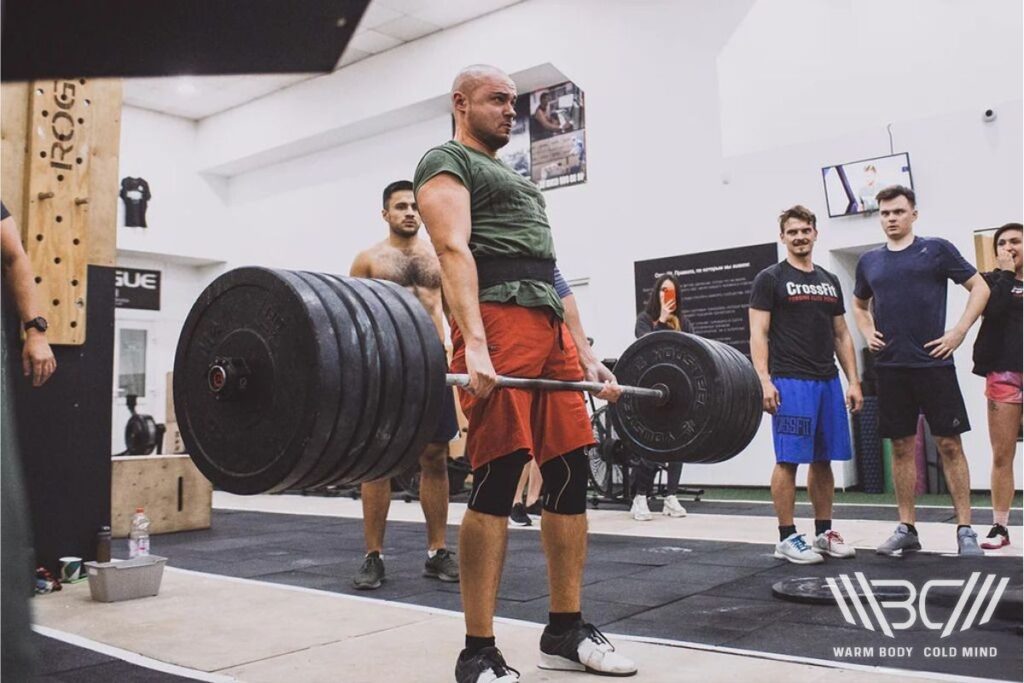
3. Focus on Muscle Gains Primarily
The bulk of accessories should provide strength and hypertrophy benefits. The progression is guaranteed as long as you’re getting bigger and stronger. You can do agility and balance drills on active recovery days.
4. Take Sufficient Rest and Recovery
Accessory exercises for deadlifts also take a toll on your physical and mental energy levels. Once you’ve added them, modify your recovery protocol accordingly to stay on the top of your game.

Pro Tip:
Split your training over 2-3 days a week, totaling 10-20 sets (deadlifts + accessories). The exact movement, load/rep scheme, and rest period are devised based on one’s fitness level.
FAQ
What Exercises Help Improve Deadlifts?
There are three phases of deadlift: initial/off-the-floor, middle/hip-driven, and final/lockout phase. Different exercises target different phases. For example, deficit deadlifts help you quickly separate the bar, whereas hip thrusts beef up the glutes for optimal hip extension and lockout strength.
What Do You Superset Deadlifts With?
You should do all deadlift working sets separately. However, performing occasional supersets isn’t unheard of. Supersets generally activate agonist-antagonist muscles. So, it’s good to pair deadlifts with hamstring curls and squats.
When Should I Do Deadlift Accessories?
Do deadlift accessory exercises on the same day and circuit as the primary exercise. You can choose a) warm-up, accessories, deadlifts, and cool down, or b) warm-up, deadlifts, accessories, and cool down.
Conclusion
The deadlift is often called the ‘king of all lifts.’ But even the king needs all its men and all its horses – in this case, deadlift accessory exercises – to succeed.
We’ve given brief reasoning and recommendations for different exercises to do with deadlifts. Share your feedback and queries in the comment section. Let us know when you hit your first major deadlift training plateau. And how did you break through it? Also, which phase seems to be the most difficult for you?
References:
- Clifton J. Holmes, “Understanding the Deadlift and its Variations,” ACSMʼs Health & Fitness Journal 24, no. 3 (2019).
- Cleveland Clinic (2022), “Repetitive Strain Injury,” https://my.clevelandclinic.org/health/diseases/17424-repetitive-strain-injury [accessed Feb 15, 2024].
- Contreras Bret, Cronin John, Schoenfeld Brad, “Barbell Hip Thrust,” Strength and Conditioning Journal 33, no. 5 (2011):58-61.
- Daniel Hackett, Chin-Moi Chow, “The Valsalva Maneuver: Its Effect on IAP and Safety Issues During Resistance Exercise,” Journal of Strength and Conditioning Research 27, no. 8 (2012).
- E. A. Harman, R. M. Rosenstein, P. N. Frykman, G. A. Nigro, “Effects of a Belt on Intra-abdominal Pressure during Weight Lifting,” Med Sci Sports Exerc 21, no. 2 (1989):186-190.
- Jason Taylor, Mason Reed, “Increase Hip and Trunk Stability with Loaded Carries for Injury Prevention, Rehabilitation, and Performance,” NSCA Coach 7, no. 3 (2020).
- Justin Kompf, Ognjen Arandjelović, “The Sticking Point in the Bench Press, the Squat, and the Deadlift: Similarities and Differences, and Their Significance for Research and Practice,” Sports Med 47, no. 4 (2017):631-640.
- Paulo Marchetti, Brad J. Schoenfeld, Josinaldo Jarbas da Silva, Mauro Guiselini, Fábio Sisconeto de Freitas, Silvio Pecoraro, Willy Andrade Gomes, Charles R. Lopes, “Muscle Activation Pattern During Isometric Ab Wheel Rollout Exercise in Different Shoulder Angle-Positions_2015,” Medical Express 2, no. 4 (2015):1-5.
- Shirley S.M. Fong, Louisa M.Y. Chung, Yang Gao, Jeff Chak Wai Lee, Tak Ching Chang, Ada W.W. Ma, “The Influence of Weightlifting Belts and Wrist Straps on Deadlift Kinematics, Time to Complete a Deadlift and Rating of Perceived Exertion in Male Recreational Weightlifters,” Medicine (Baltimore) 101, no. 7 (2022):e28918.
- Sørensen B, Aagaard P, Malchow-Møller L, Zebis MK, Bencke J., “Medio-Lateral Hamstring Muscle Activity in Unilateral vs. Bilateral Strength Exercises in Female Team Handball Players – A Cross-Sectional Study,” IJSPT 16, no. 3 (2021):704-714.
- Wenfeng Zhang, Xing Chen, Kun Xu, Hezhi Xie, Duanying Li, Shicong Ding, Jian Sun, “Effect of Unilateral Training and Bilateral Training on Physical Performance: A Meta-analysis,” Front. Physiol 14 (2023):1128250.
- Wensheng Xiao, Kim Geok Soh, Mohd Rozilee Wazir Norjali Wazir, Othman Talib, Xiaorong Bai, Te Bu, He Sun, Stevo Popovic, Bojan Masanovic, Jovan Gardasevic, “Effect of Functional Training on Physical Fitness Among Athletes: A Systematic Review,” Front. Physiol 12 (2021):738878.
- All photos are made by our WBCM Media team.
Author: Jason Li
Personal Coach | Functional Range Conditioning Mobility Specialist
Jason is an NYC personal training expert and National level Olympic Weightlifting Coach with over 10 years of experience training everyday clients to high levels of performance. He has trained everyone from youth (13 years old and under) to masters (60+ years old) to regional and national rankings for powerlifting, Olympic Weightlifting, Short distance (up to 200m) sprinting, discus & hammer throwing.

